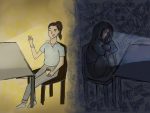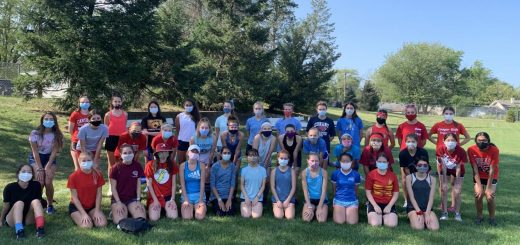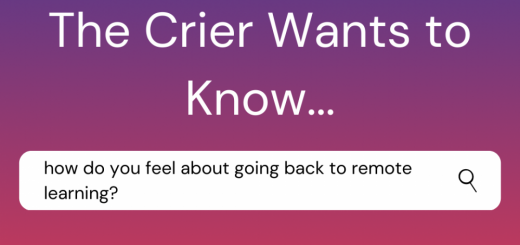After one year of COVID-19: be hopeful, stay safe
 Christiana Kirov | Conant Crier
Christiana Kirov | Conant Crier Ever since the end of March 2020, COVID-19 and quarantine has plagued our minds. While some of us thought that these times were only the beginning of something more terrifying, others (including myself) viewed quarantine as an early vacation, diminishing the severity of the situation.
While keeping hope alive is the key to maintaining our sanity, we also have to keep in mind that being too optimistic about the situation can jeopardize our safety in the long run.
Since it has been almost a year since the pandemic has truly started to affect us, we may start to feel that the pandemic is “old news” and that COVID-19 will disappear sooner rather than over time. Researchers Anneli Jefferson, Lisa Bortolotti, and Bojana Kuzmanovic have given thoughts like these the term “unrealistic absolute optimism”, which occurs when one believes that their personal outcome will be the more likely outcome than one that is suggested by data or actual information. This normally happens as a result of people processing information that directly affects them.
While some hope is what we need right now, this fantasy-like optimism isn’t. This type of optimism can lead us to start becoming more lax or ignoring the COVID-19 guidelines the Center of Disease Control and Prevention (CDC) outlined such as quarantining after traveling out of state or maintaining a distance of at least six feet in public places. Thinking that COVID-19 is a thing of the past would put not only ourselves in danger, but our loved ones as well.
Still, we need to be able to maintain an appropriate level of hope to believe that yes, this situation will get better with time. It just won’t happen immediately. We have to maintain this level of hope to avoid believing that all will be lost, even under very trying circumstances.
One instance where it is very hard to maintain hope in this situation is being quarantined. Just being at home all the time with your family is a sure way to heighten the chances of bickering or fighting with them. Boredom or numbness may set in, since seeing friends or going to social gatherings during a pandemic are pretty unlikely and attending classes via Zoom is becoming a new sort of “normal” for students.
Transitioning from fully attending classes in-person to attending classes fully remote (or doing both if you’re experiencing the hybrid model, with COVID-19 protocols in place) is bound to affect how a person views COVID-19 on another level. From personal experience, logging onto Zoom every day for 3-4 hours on top of completing additional schoolwork gave me headaches to the point where Tylenol had become one of my best friends.
It was very hard for me to continue to be hopeful, but I ended up pulling through by reminding myself that remote learning was just one of life’s many obstacles that I would have to face; it wasn’t going to be permanent. Things were going to get better. So, I continued to try my hardest in my classes and find ways to relax when I felt that remote learning was taking a toll on me. These included listening to music, reading, or even writing my thoughts down. As a whole, I’d say that finding outlets for me to vent through and keeping a realistic perspective on the situation helped me to be where I am today.
Overall, when going down (the rather forgotten parts of) memory lane, I would say that while our early, fantasy-like optimistic ways may have kept us blind to some of the real dangers of COVID, we still have to keep some hope alive. While hope can be stronger than fear, we still have to be smart about the way we handle the pandemic, because otherwise, it would be our downfall.




Recent Comments